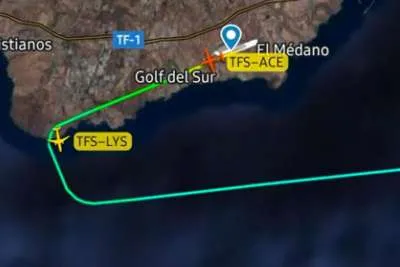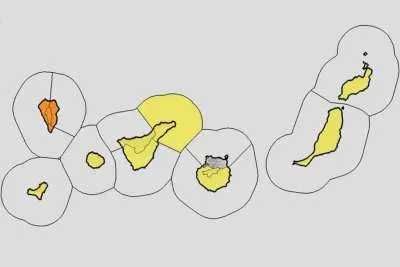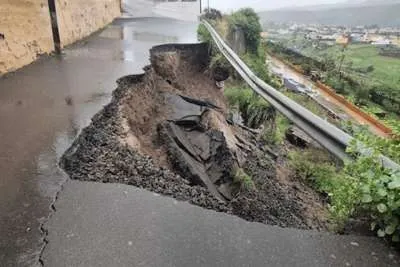Why is winter getting shorter in the Canary Islands?
- 18-12-2023
- National
- Canarian Weekly
- Photo Credit: Wikimedia Commons
A recent study conducted by eltiempo.es reveals a notable shift in the onset and duration of winter in Spain, but particularly in the Canary Islands. The start of winter in Spain has been delayed by over a week since 1960, while its end has moved by almost three weeks. The winter season in the northern hemisphere officially begins on December 22nd at 4:27am mainland Spain time.
In the specific case of the Canary Islands, the reduction is most pronounced in low-lying areas such as Tenerife and Gran Canaria, with Izaña experiencing a more modest decrease of six days. The digital meteorological information platform's analysis confirms the widespread trend of a decreasing duration of winter.
The study highlights a general decline in winter conditions, including a reduction in frost occurrences across various regions of the country. Consequently, winter is exhibiting a diminishing trend, with a decreasing timeframe spanning fewer weeks.
Comparing data from decade of 1961 to 1970 to the most recent decade (2011-2020), certain regions like Lleida or San Javier (Murcia) have witnessed a reduction of 30 days or more in the winter period. For instance, in Lleida, the winter duration has decreased from 149 days to 118 days. The onset has been delayed by over a week, while the end has advanced by approximately three weeks.
Many other regions have also demonstrated substantial setbacks, ranging from 20 to 30 days. Cuenca, for instance, has seen a reduction of 28 days in its winter duration, shifting the start from November 2nd to the 18th, and the end from April 8th to March 29th.
The analysis reveals that the interior and eastern parts of the country have experienced the most significant reduction in winter duration. Conversely, in southern regions and certain areas of the northern plateau, the reduction is somewhat less pronounced.
Looking further back in time, the analysis notes that in the previous decades of the last century, it was customary for winter to begin in late October or early November. However, in the last two decades, the onset has generally been delayed to the second half of November. Similarly, the conclusion of winter, which used to occur around mid-April, now takes place at the end of March.
How is it measured?
From a climatic perspective, winter spans the trimester of December, January, and February. The analysis employs percentiles, ordering data from lowest to highest, with the percentile indicating the value below (or above) which a certain percentage of data falls.
To define winter, the 25th percentile of all average temperatures for the period 1991-2020 has been established as the threshold value. The calculation is conducted independently for each season.
Once the value of the 25th percentile (P25) is known, the average of mean temperatures is calculated for each 5-day period, considering +/-2 days relative to the central day. Therefore, the first date on which this average falls below P25 marks the onset of winter. For the conclusion, it is determined as the last day where the average is below P25.


























































